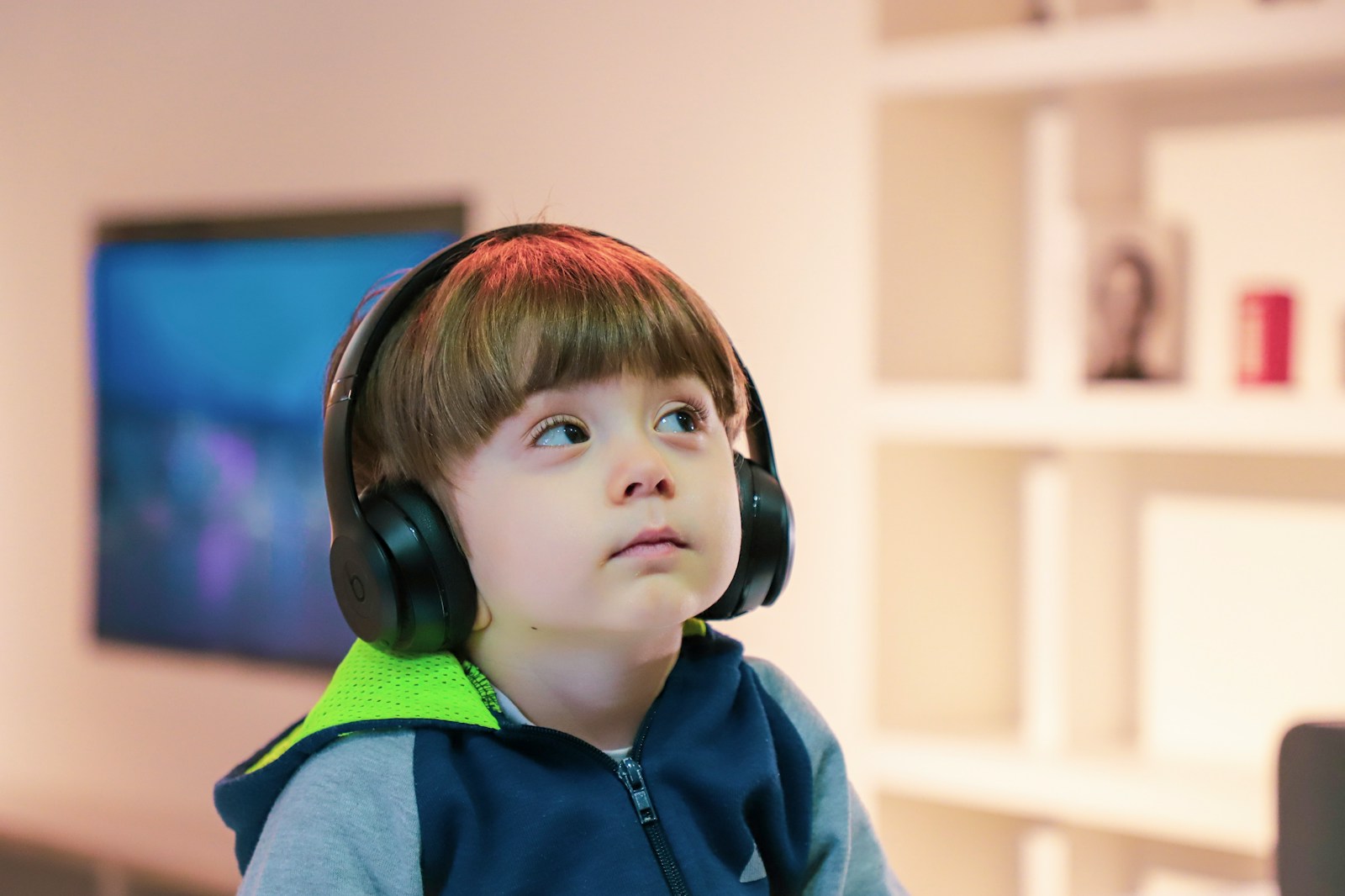In the realm of neurodevelopmental disorders like autism spectrum disorder (ASD) and Pathological Demand Avoidance (PDA), the concept of “masking” serves as a fascinating yet often misunderstood phenomenon. Masking refers to the ability of individuals to camouflage or conceal their underlying difficulties, presenting a persona that may not accurately reflect their internal experiences. Understanding masking is crucial for gaining insights into the challenges faced by individuals with ASD and PDA.
Autism Spectrum Disorder and Masking:
- Individuals with ASD often engage in masking behaviors to navigate social situations and fit in with their peers.
- This masking may involve mimicking social behaviors, copying speech patterns, or suppressing autistic traits to conform to neurotypical norms.
- While masking can help individuals with ASD blend in temporarily, it often comes at a significant cost, leading to exhaustion, anxiety, and a loss of authenticity.
Pathological Demand Avoidance and Masking:
- Masking in PDA presents unique complexities, as individuals may possess advanced social skills and an ability to manipulate social situations.
- PDA individuals may strategically mask their difficulties, particularly in less-demanding or unfamiliar environments, leading to misconceptions about the severity of their condition.
- However, this masking can be fragile and may unravel in situations where demands or expectations become overwhelming, resulting in heightened anxiety or challenging behaviors.
Challenges and Consequences of Masking:
- Masking in both ASD and PDA can pose significant challenges for individuals, as it requires constant effort to maintain an outward appearance of typicality.
- The pressure to mask can lead to mental health issues such as anxiety, depression, and low self-esteem, as individuals may feel disconnected from their true selves.
- Moreover, masking can impede accurate diagnosis and access to appropriate support and interventions, as clinicians and educators may overlook the underlying difficulties masked by the individual.
Support and Intervention:
- Recognizing and addressing masking behaviors is essential for providing effective support and intervention for individuals with ASD and PDA.
- Creating safe and accepting environments where individuals feel comfortable expressing their authentic selves can help reduce the need for masking.
- Additionally, promoting self-awareness and self-advocacy skills empowers individuals to navigate social interactions authentically while seeking support when needed.
Conclusion:
- Masking is a complex and multifaceted phenomenon observed in both autism spectrum disorder and Pathological Demand Avoidance.
- Understanding the challenges and consequences of masking is essential for providing appropriate support and intervention for individuals with ASD and PDA.
- By fostering acceptance, self-awareness, and authentic expression, we can create a more inclusive and supportive society for individuals across the neurodiversity spectrum.




